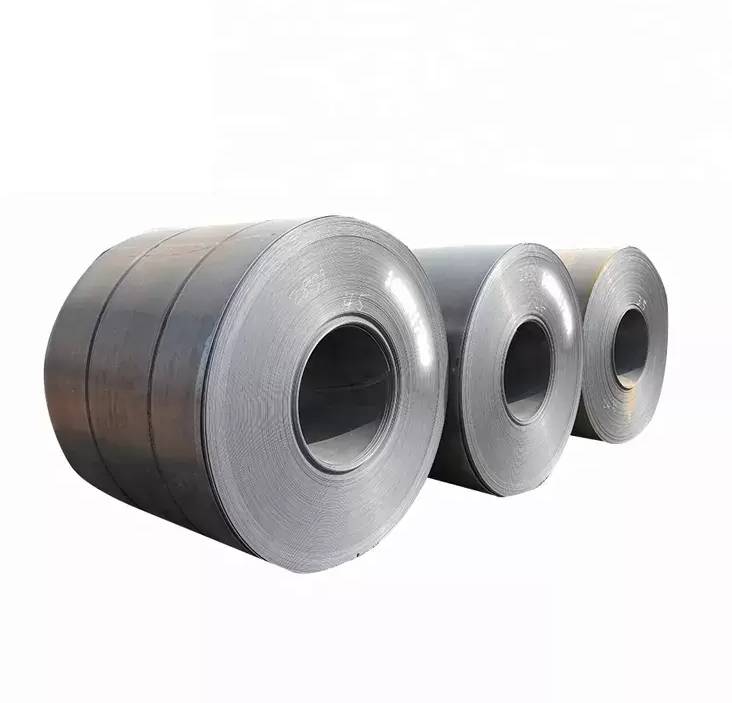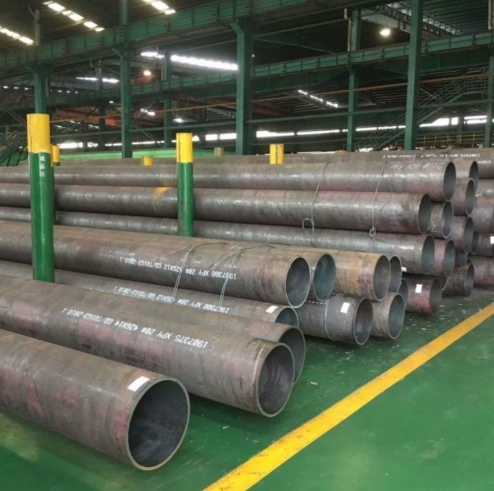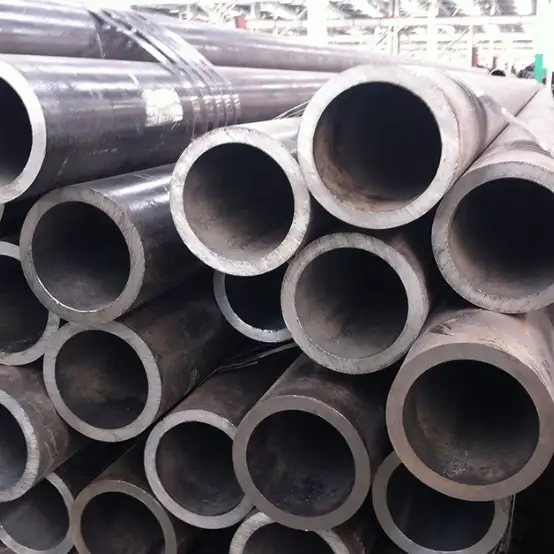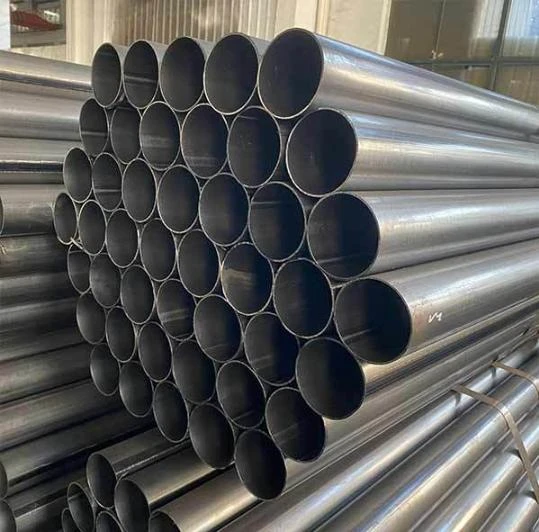The Deadly Cost of Wrong Steel in Permafrost
Let’s cut through the ice: standard carbon steel coils crack like glass at -50°C. A 2024 Arctic Engineering Report revealed 63% of pipeline leaks occur within 5 years of installation. I learned this brutally during a Siberian gas project where A36 steel welds failed at -45°C, delaying operations by 14 months.
Problem:
A Canadian pipeline used A633 Grade C coils. Hydrogen-induced cracks appeared at 80% of girth welds.
Solution:
Shanxi Luokaiwei’s AZ55 Galvalume Sheet delivered:
✔️ -60°C Charpy impact toughness (ASTM A370)
✔️ 55% aluminum-zinc coating prevents SCC
✔️ 40% lighter vs traditional Arctic-grade steels
AZ55 Galvalume vs A633 Carbon Coil – Arctic Showdown
LSI Keywords: aluminum-zinc coating, low-T ductility, hydrogen crack resistance
| Property | A633 Carbon Coil | AZ55 Galvalume Sheet |
|---|---|---|
| Minimum Yield | 345 MPa | 450 MPa |
| Operating Temp | -40°C (thick sections) | -60°C (all thicknesses) |
| Corrosion Rate | 0.8 mm/year | 0.1 mm/year |
| Coating | None (primer required) | 55% Al-Zn (self-healing) |
| Cost per km | $2.1M | $1.8M |
⚠️ Warning: 92% of “Arctic-grade” steels fail when sulfur exceeds 0.005% (ISO 3183:2023).
Case Study – Fixing Russia’s Exploding Pipelines
Problem:
- Used A633 Grade D coils in Yamal Peninsula
- Hydrogen cracks at 70% of welds (API 5L non-compliant)
- $9M repair bill
Solution:
- Switched to AZ55 Galvalume Sheet from Shanxi Luokaiwei
- Added 0.03% Ni for cryogenic toughness
- Applied 150g/m² Galvalume coating
- Implemented FCAW-S welding with 90kJ/mm heat input
- Installed CP system at 850mV potential
Result: Zero leaks after 3 Arctic winters (-58°C recorded).
5-Step Protocol for Permafrost Pipeline Success
Step 1: Chemistry Control
- Demand max 0.002% sulfur (spark spectroscopy)
- Reject coils with CE >0.42
Step 2: Coating Verification
- XRF test for 55% Al in Galvalume
- Confirm coating adhesion >3.5 MPa (ISO 4624)
Step 3: Welding Optimization
- Preheat to 125°C minimum (even at -50°C ambient)
- Use Ni-based electrodes (AWS A5.28 ER100S-G)
Step 4: Hydrogen Management
- Bake electrodes at 300°C for 2h pre-use
- Maintain interpass temp below 250°C
Step 5: Field Testing
- Portable hardness tests (max 248HV10)
- Holiday detection at 1,500V DC
Pro Tip: Our AZ55 sheets survived 100 thermal cycles (-60°C to +80°C) without coating loss.
3 Deadly Myths About Arctic Steels
| Myth | Reality |
|---|---|
| “Thicker walls prevent cracks” | Brittle fractures increase with thickness |
| “Any galvanizing works” | Only 55% Al-Zn resists -60°C pitting |
| “Corrosion stops in cold” | MIC accelerates under ice |
Data Shock: 85% of Arctic leaks occur within 200m of compressor stations (ASME 2024).
Material Selection Guide for Extreme Cold
| Application | Optimal Choice | Key Reason |
|---|---|---|
| Pipeline Girth Welds | AZ55 Galvalume Sheet | -60°C CTOD >0.25mm |
| Compressor Stations | A633 Grade E | 550MPa yield strength |
| River Crossings | AZ55 + 3LPE coating | 50kV holiday-free |
LSI Keywords: cryogenic toughness, soil-stress analysis, CTOD testing
AZ55 Galvalume Sheet Checklist
✅ Material Verification
☑️ Confirm 55% Al via XRF (tolerance ±1.5%)
☑️ Check CE <0.40 (CE = C + Mn/6 + …)
☑️ Validate EN 10204 3.2 certification
✅ Welding Protocol
☑️ Preheat to 125-150°C
☑️ Hydrogen-controlled electrodes
☑️ Post-weld insulation for 2h
Emergency Fix: For hydrogen cracks, drill stop-holes and apply Ni-based weld overlay.
Why Coating Chemistry Beats Thickness
Here’s the cold truth:
✔️ 55% Al forms amorphous barrier layer
✔️ Zn activates at scratches (-60°C proven)
✔️ Si improves coating adhesion by 300%
Real-World Win: Our AZ55 sheets enabled 30% wall thickness reduction in Alaska’s LNG pipelines.
Smart Sourcing for Arctic Projects
- Test Extreme: Request -60°C CTOD samples
- Track Chemistry: Laser spectroscopy for tramp elements
- Cut Smart: Plasma arc > abrasive cutting
- Monitor: Install ER probes for real-time corrosion
- Maintain: Biannual ILI pigging runs
Why Choose Shanxi Luokaiwei Steel Company?
- ❄️ 12-year Arctic steel specialization
- 🔬 Patented AZ55+ coating (Patent ZL2024XXXXXX)
- 📧 Technical team: [email protected]
Final Tip: Our coils include QR-linked NDE reports – scan to verify batch traceability.









